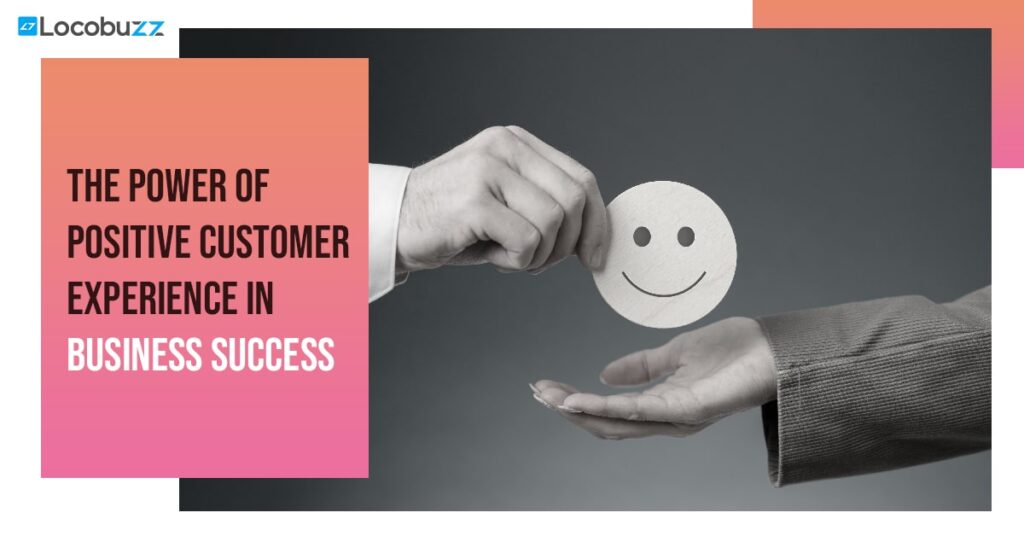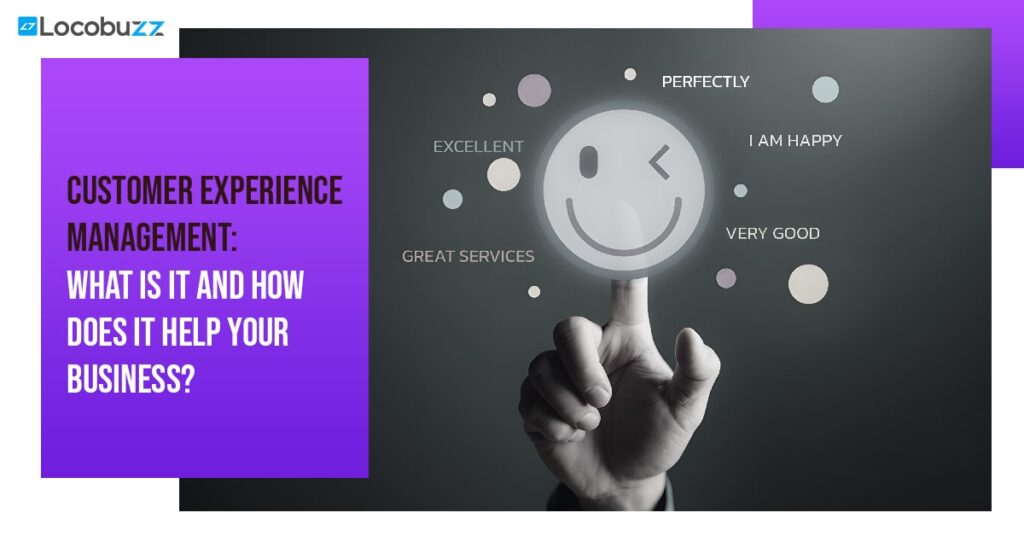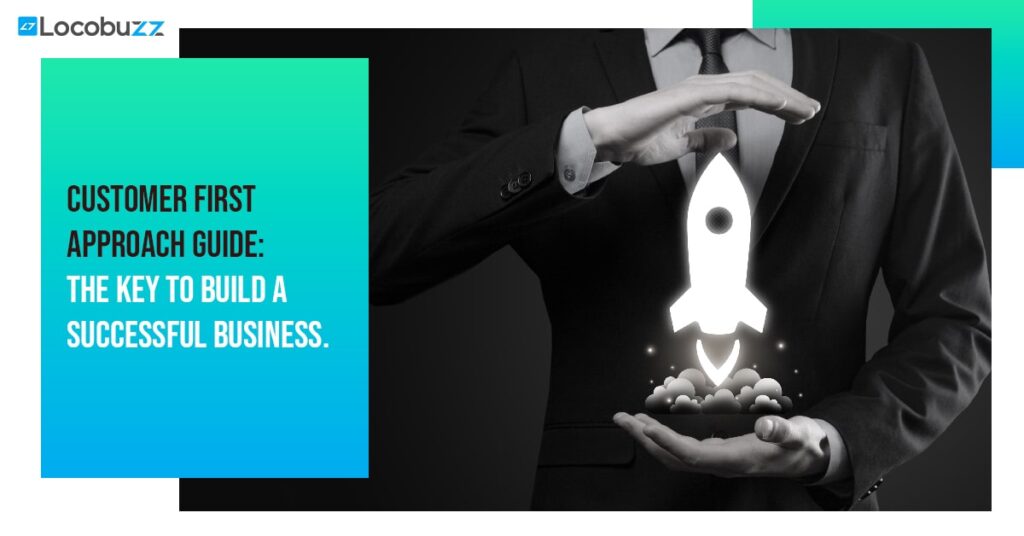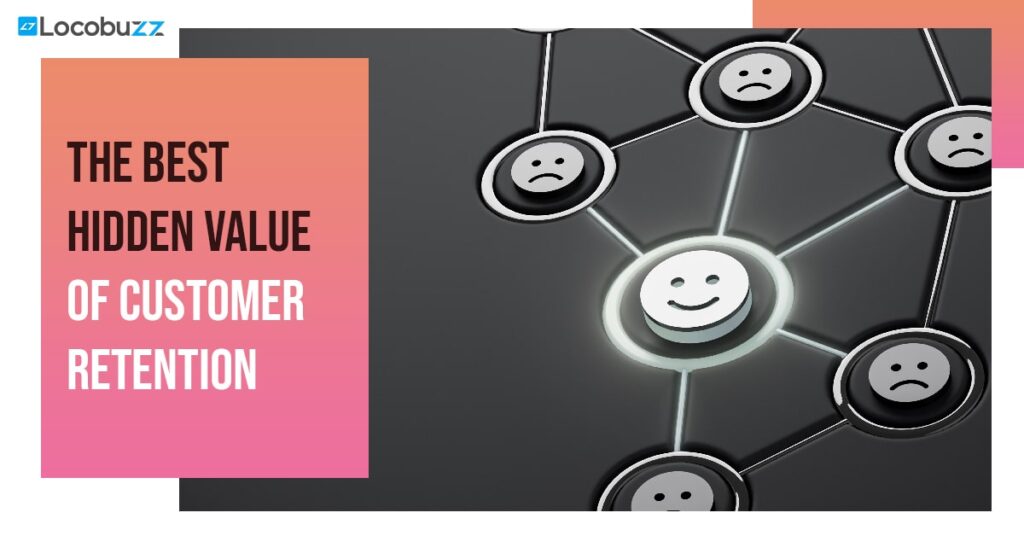The Power of Positive Customer Experience in Business Success
Customer Experience: The Definition Customer experience refers to the overall impression a customer has of a business based on all their interactions with it. This includes every touchpoint, from the first time a customer hears about the brand to the moment they make a purchase and beyond. It encompasses everything from the products and services a business offers to its customer service, marketing, and social media presence. Why Is Customer Experience Important? The importance of customer experience cannot be overstated. In a crowded market, customer experience can be the factor that sets your brand apart. Customers are more likely to remain loyal to a brand that offers a consistently positive experience. Customers who have a positive experience with a brand are more likely to continue doing business with it and even become brand advocates, increasing the customer lifetime value. A great customer experience leads to positive word-of-mouth marketing and enhances your brand reputation, attracting new customers and retaining existing ones. Happy customers are more likely to leave positive reviews, recommend your brand to others, and even spend more money with you, ultimately leading to better business performance. What will Customer Experience measure Customer experience (CX) measurement is the process of quantitatively and qualitatively assessing how customers perceive their interactions with a company across all touchpoints throughout the customer journey. It aims to provide insights into how customers perceive a brand, its products, and its services, and how well the brand is meeting their expectations and needs. CX measurement can include various metrics, such as Net Promoter Score (NPS), Customer Satisfaction Score (CSAT), Customer Effort Score (CES), and others. These metrics help companies gauge how well they are delivering on their promises, and identify areas that need improvement. In addition to metrics, companies can also use qualitative feedback, such as customer reviews, social media comments, and surveys, to gain a deeper understanding of customers’ experiences and sentiment towards the brand. The ultimate goal of CX measurement is to create a better customer experience by identifying areas of improvement and implementing changes that enhance the overall experience. By continuously measuring and improving CX, companies can increase customer loyalty, improve retention rates, and ultimately drive revenue growth. Why does Customer Experience matter? Customer experience matters for several reasons. When customers have a positive experience with a business, they are more likely to become repeat customers and recommend the business to others. This can help businesses build a loyal customer base and increase revenue. A positive customer experience can help build a good reputation for the brand. This can help businesses attract new customers and retain existing ones. In today’s competitive market, businesses need to differentiate themselves from their competitors. Offering a superior customer experience can be a key differentiator and give businesses a competitive advantage. When customers have a positive experience, they are more likely to make additional purchases and spend more money. This can result in increased revenue for businesses. A positive customer experience can also help businesses save money. It is less expensive to retain existing customers than to acquire new ones. Additionally, satisfied customers are less likely to require customer support, which can reduce support costs for businesses. Why is a positive customer experience essential? A positive customer experience can create a loyal customer base, leading to repeat business and increased revenue. Company’s brand reputation can attract new customers and retain existing ones. Business can lead to a great word-of-mouth advertising, which can be a powerful marketing tool. In today’s competitive market, a positive customer experience can differentiate a business from its competitors and help it stand out. It definitely helps in reducing costs associated with customer acquisition, customer support, and product returns, as satisfied customers are less likely to require these services. But at the end its essential for the long-term success and growth of a business How customer Experience will improve ORM Online Reputation Management (ORM) refers to the practice of monitoring, influencing, and improving an individual or organization’s online reputation. A crucial factor in building and maintaining a positive online reputation is the customer experience. When a customer has a positive experience with a brand, they are more likely to share that experience with others, leave positive reviews, and recommend the brand to friends and family. On the other hand, if a customer has a negative experience, they may leave negative reviews, share their experience on social media, and discourage others from doing business with the brand. By focusing on improving customer experience, brands can enhance their online reputation and increase positive interactions with customers When customers have a positive experience with a brand, they are more likely to leave positive reviews on review websites and social media platforms. This can help increase the brand’s overall rating and improve their online reputation. Social media is a powerful tool for building relationships with customers. By engaging with customers on social media and responding to their comments and concerns, brands can improve their reputation and show that they care about their customers. Positive word-of-mouth can be incredibly powerful in building a brand’s reputation. By providing exceptional customer experiences, brands can turn customers into brand advocates who share their positive experiences with others. When a brand experiences a crisis or negative publicity, having a strong foundation of positive customer experiences can help mitigate the damage. By having a loyal customer base that trusts and supports the brand, the impact of a crisis can be minimized. Need of Customer Experience in 2023 As we move into 2023, the business landscape is becoming increasingly competitive, and customer expectations are higher than ever before. In this environment, delivering exceptional customer experience (CX) has become a necessity for businesses of all sizes and industries. With so many options available to consumers, delivering a superior customer experience can be the key to standing out from competitors. A memorable and positive experience can be a powerful way to differentiate your brand and create loyal customers. A great customer experience can lead to increased customer loyalty,
The Power of Positive Customer Experience in Business Success Read More »










